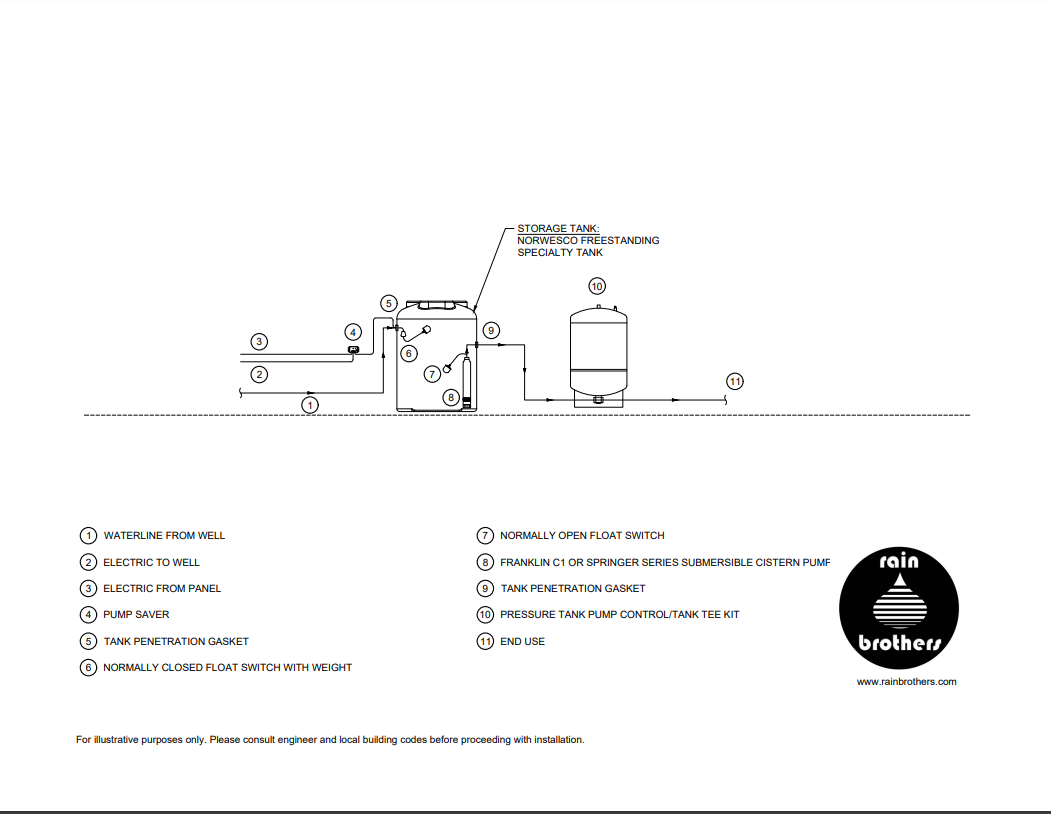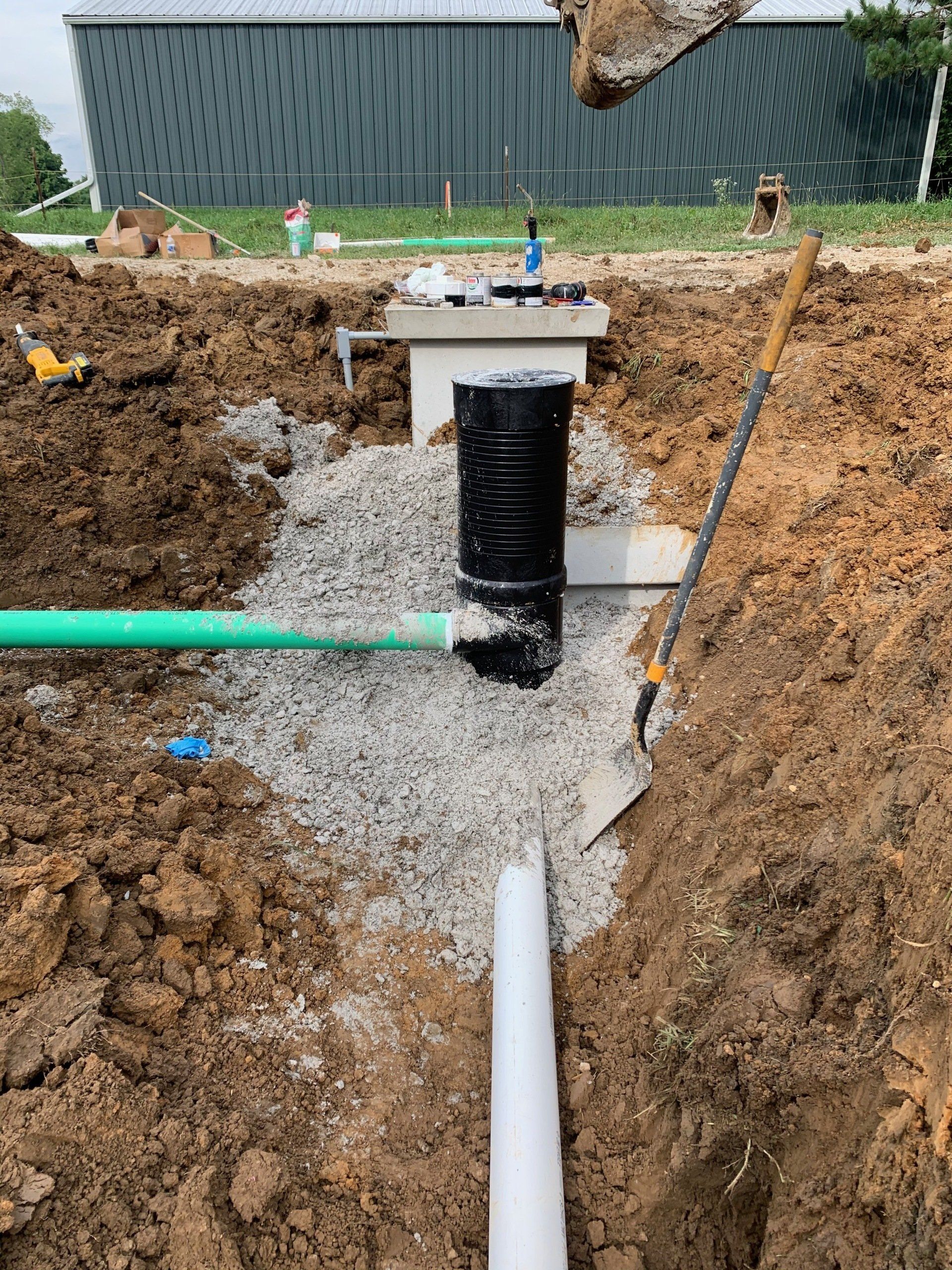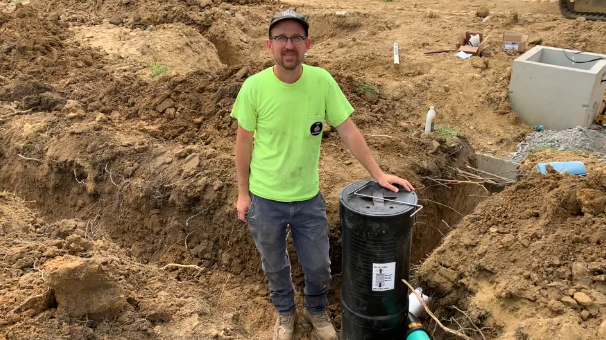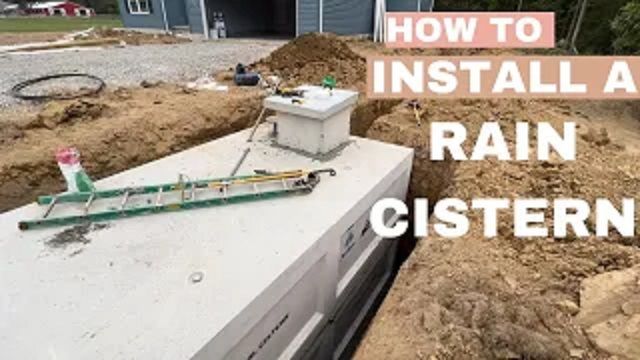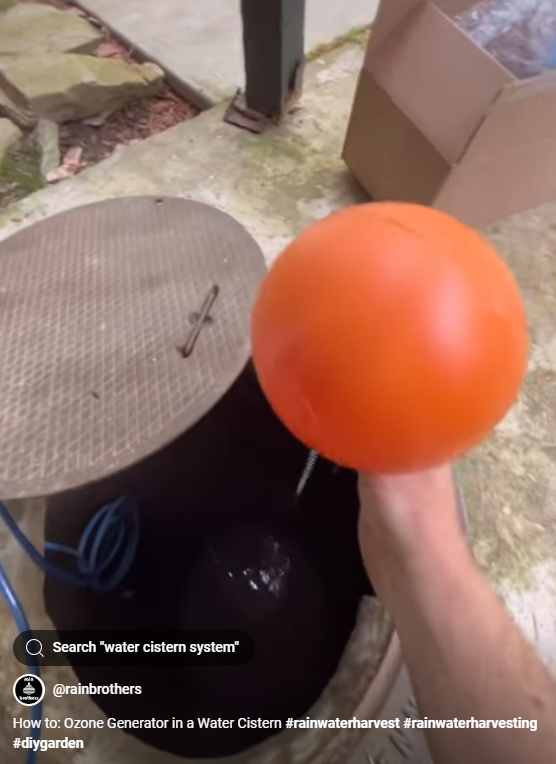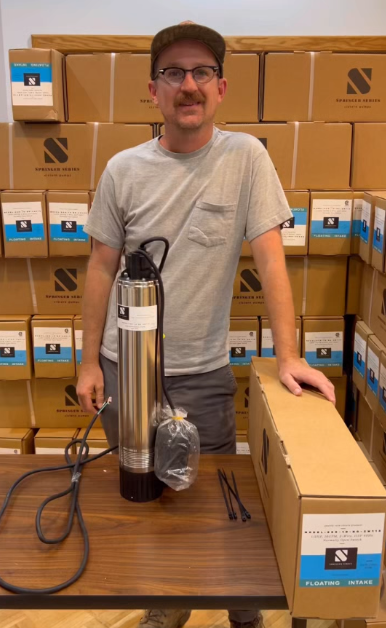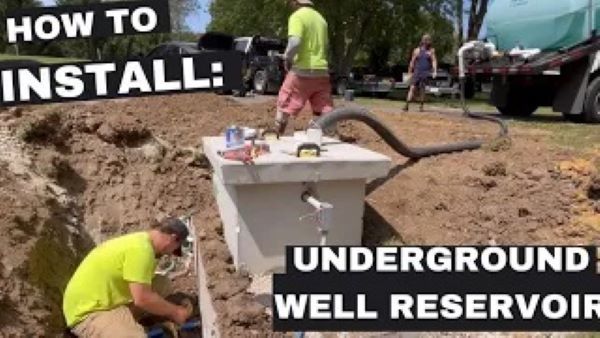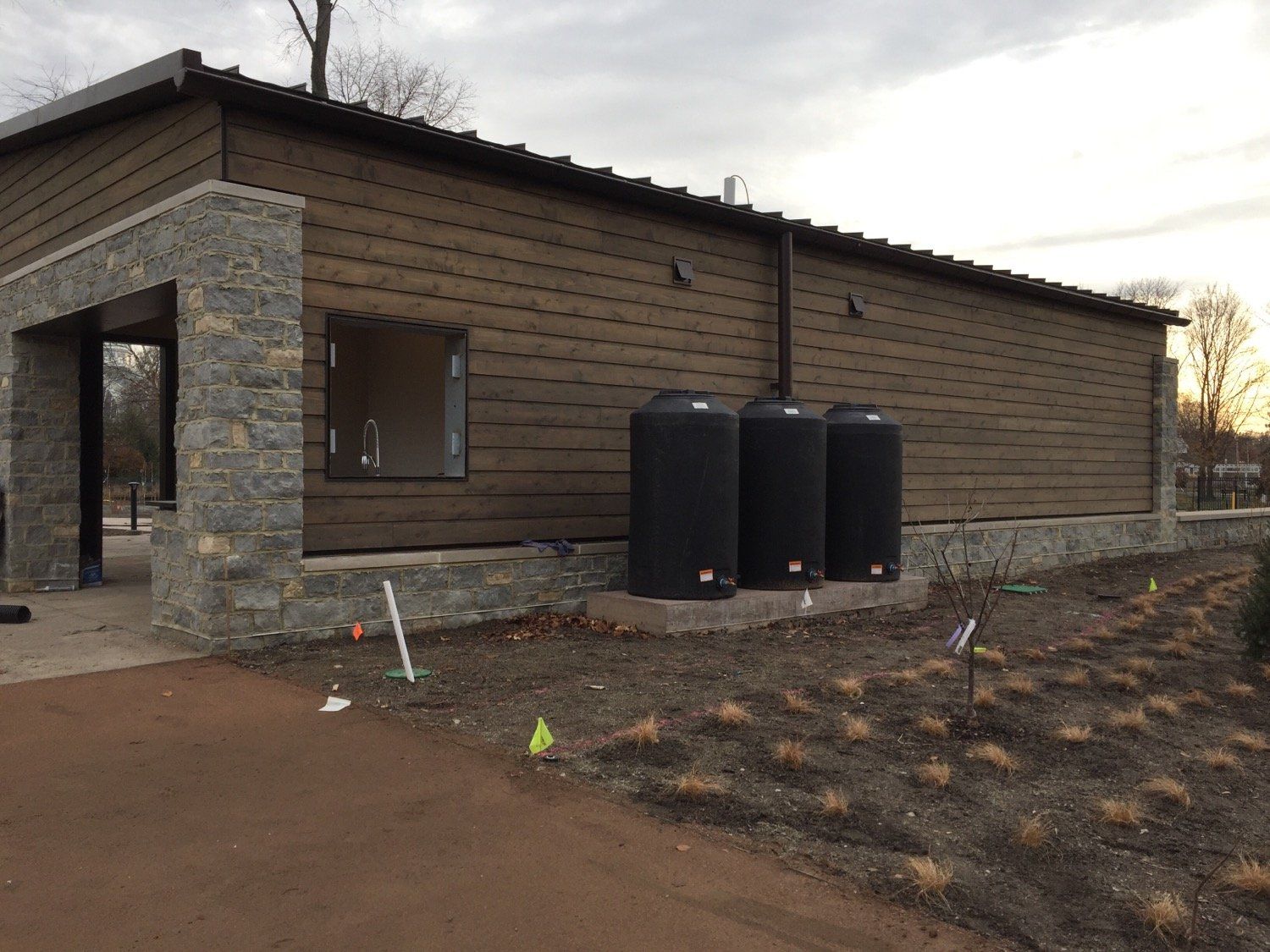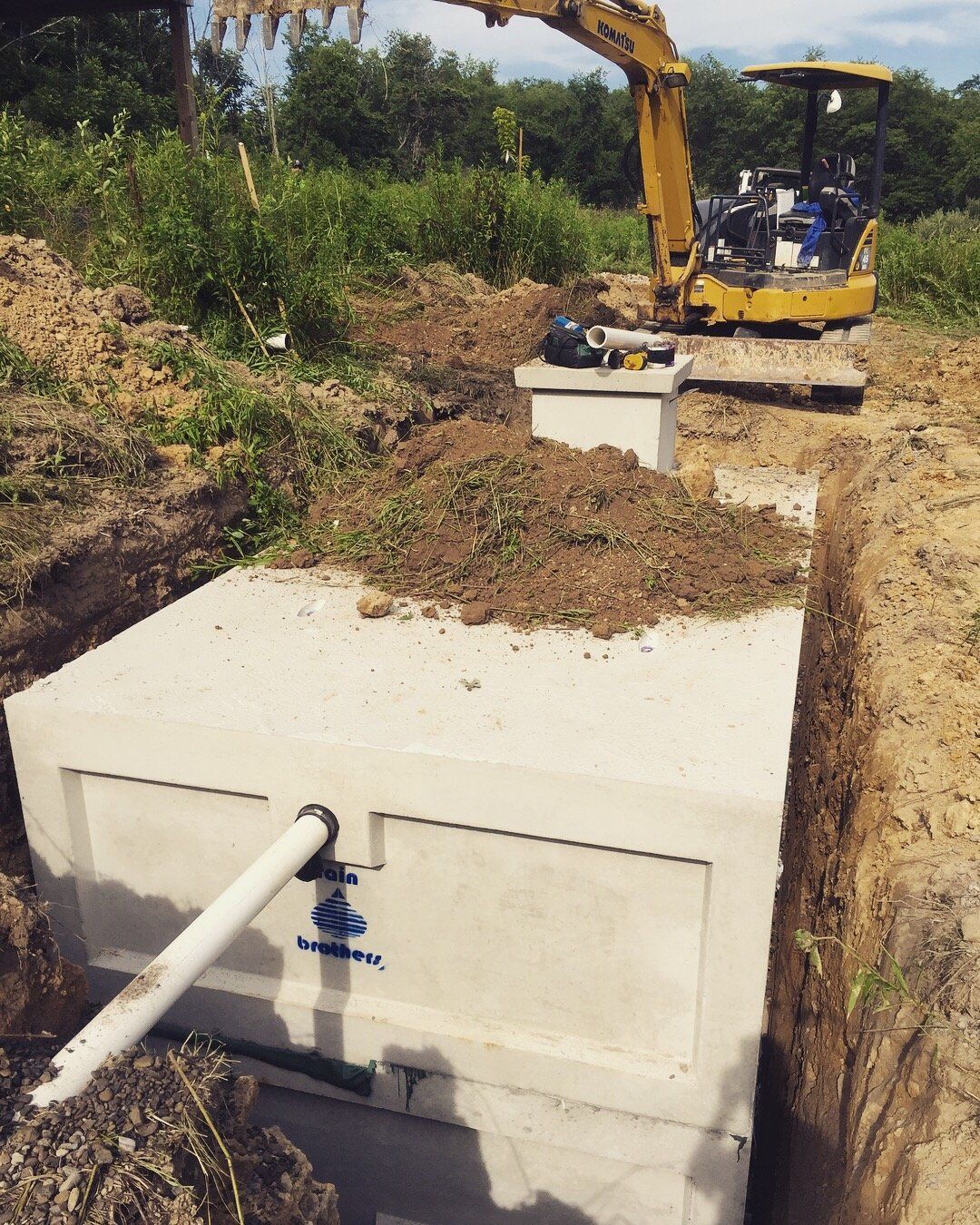Water Storage Systems: A Solution for Low Yield Wells
If you're struggling with a water well that doesn't produce enough water, this post is for you. We'll guide you through the process of installing a low-producing well reservoir tank to ensure a consistent water supply for your home. By the end of this guide, you'll understand the necessary steps to transform your low-yield well into a reliable source of water.
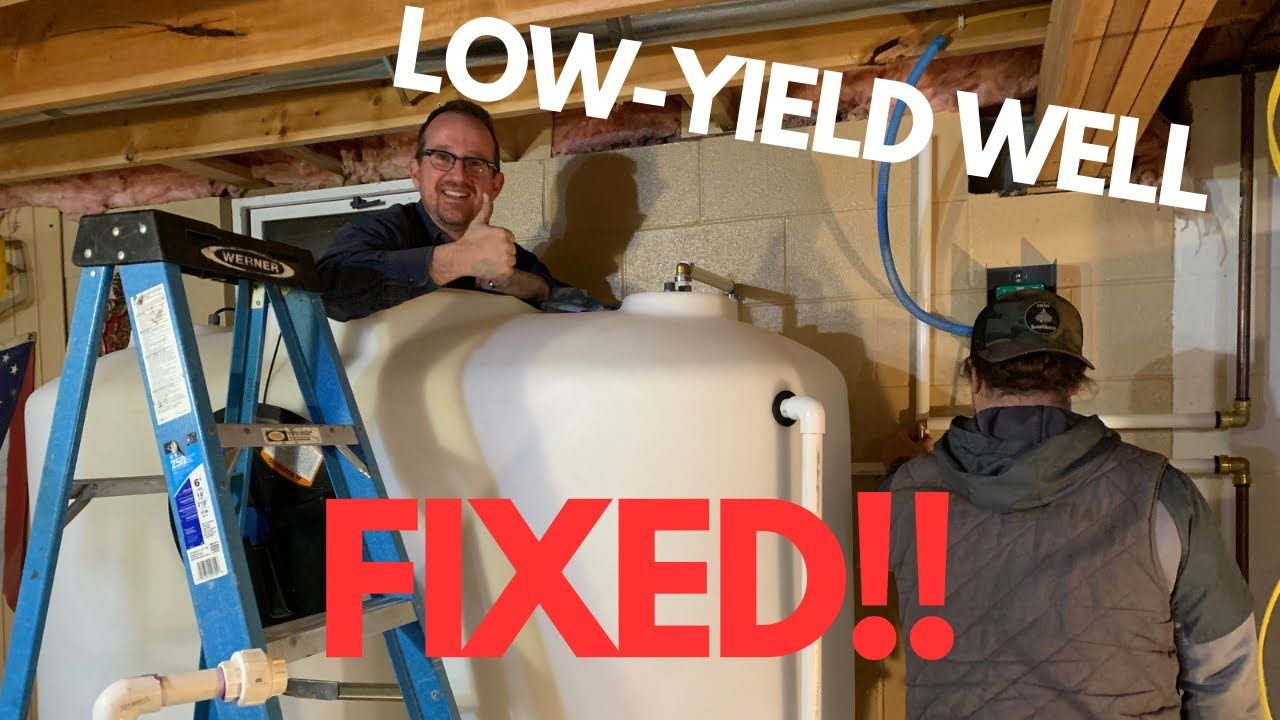
Introduction
Hi, Jonathan from Rain Brothers here. Today, we're addressing a common issue: low-yield water wells. Specifically, we'll walk you through installing a reservoir tank in a basement to manage a well that only produces 20 gallons at a time before cutting off. This method involves pumping water into a reservoir tank and drawing from it, rather than directly from the well. Let's dive into the details.
Choosing the Right Tank
The first step in solving your low-yield well problem is selecting the appropriate tank. We're using Norwesco's 500 gallon freestanding potable water tank, which is designed with a narrow profile to fit through doorways, making it perfect for basement installations. We offer these tanks at great prices.
Setting Up the Tank
After placing the tank, locate the well water line entering your house, ideally near your reservoir tank. In our example, the line was conveniently located right next to the tank.
- Shut Off Power and Drain Water: Turn off the well pump's power and drain all water pressure from the system.
- Cut and Redirect the Piping: Cut a section of the piping to redirect water from the well into the top of the tank.
Installing the Pump
Inside the reservoir tank, install the Springer Series traditional pump.
- Plumbing: Connect the plumbing from the tank to the house's existing water supply line, where the old well pump was connected.
- Using Existing Pressure Tank: Repurpose the existing pressure tank. It will now work with the reservoir pump to supply water to the house.
Handling Electrical Connections
Electrical wiring is crucial for smooth system operation.
- Interrupt and Redirect: Redirect the wire from the pressure switch to the Little Fuse Pump Saver.
- Pump Saver: This device monitors the pump's load to detect if there is water in the well. If it detects air, it shuts down the pump to prevent damage.
Safety Measures
Implement additional safety measures to prevent flooding and ensure system reliability.
- Float Switches: Install a normally closed float switch inside the reservoir tank to shut off the pump when the tank is full.
- Overflow System: In this instance, since there was no drain in the basement, we ran an overflow pipe into a five-gallon bucket with a WaterPro Well Stop Water Detection Sensor with two metal probes. If the tank overflows, the probes activate and shut off the well pump.
Final Checks and Troubleshooting
After installation, verify that everything is functioning correctly.
- Pump Saver Interval: Set the Pump Saver interval to 160 minutes to prevent the pump from running dry.
- Float Switch Operation: Ensure the float switch works properly by visually inspecting it. Shaking it can help if it gets stuck.
- Overflow Device: Check the overflow bucket for moisture to confirm it will shut off the well pump if necessary.
- Household Supply: Ensure the Springer Series traditional pump provides sufficient water to the house. Adjust the float switch if needed.
Products and Services
Thank you for following along. We hope this guide helps you manage your low-yield water well effectively. Call us at (937) 949-1100 or email us at catchingtherain@gmail.com to get a freight quote on a 500 Gallon Freestanding Potable Water Tank. If it makes sense, we'll prepare an estimate for you for everything you need including our Reservoir Tank System for Low-Producing Well.
Summary
In summary, managing a low-yield water well involves installing a reservoir tank to store water, redirecting plumbing, installing a new pump, handling electrical connections, and implementing safety measures. Following these steps will ensure a consistent water supply for your household. Visit our website for all the necessary components and further assistance. By implementing this solution for low yield, low producing wells, you can ensure a steady and reliable water supply for your home.
Note: This post was created using information found in the YouTube video "How to fix a low-yield water well."
